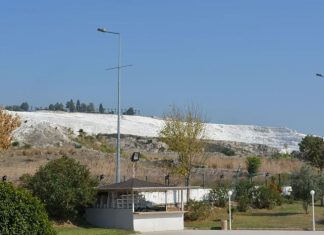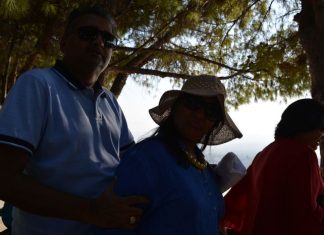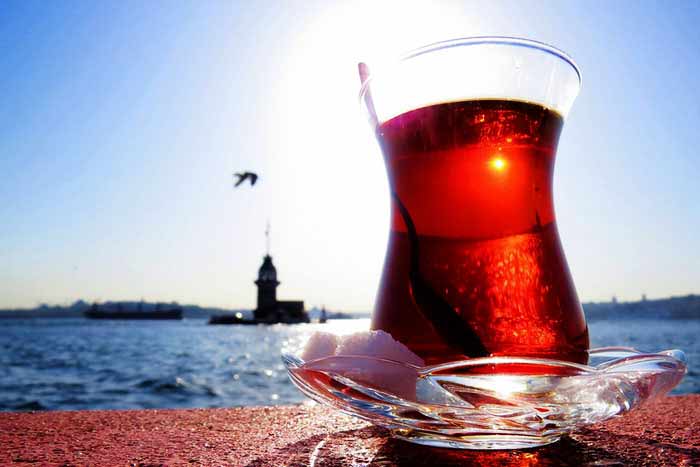Mount Bulgurlu
Mount Bulgurlu and Skutari’s Sacred Resting Places
Mount Bulgurlu, towering 850 feet above sea level in Skutari, offers a captivating experience with its panoramic views...
Beylerbey Palace
Glimpse into Ottoman Grandeur
Selim, it is said, changed his mind after three years. Upon learning from the Bostanji-bashi that his son’s sentence had not...






